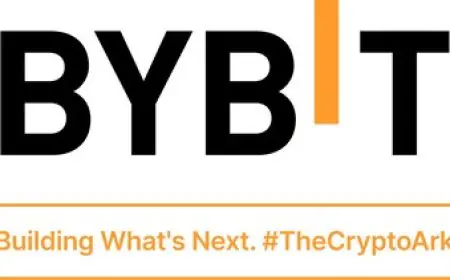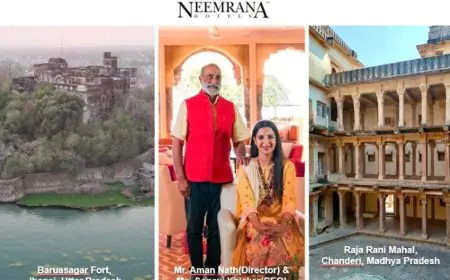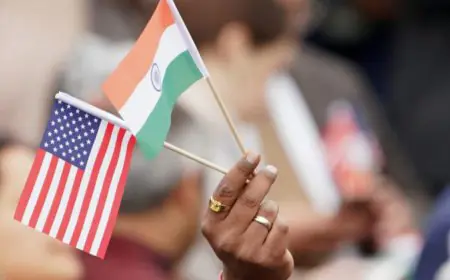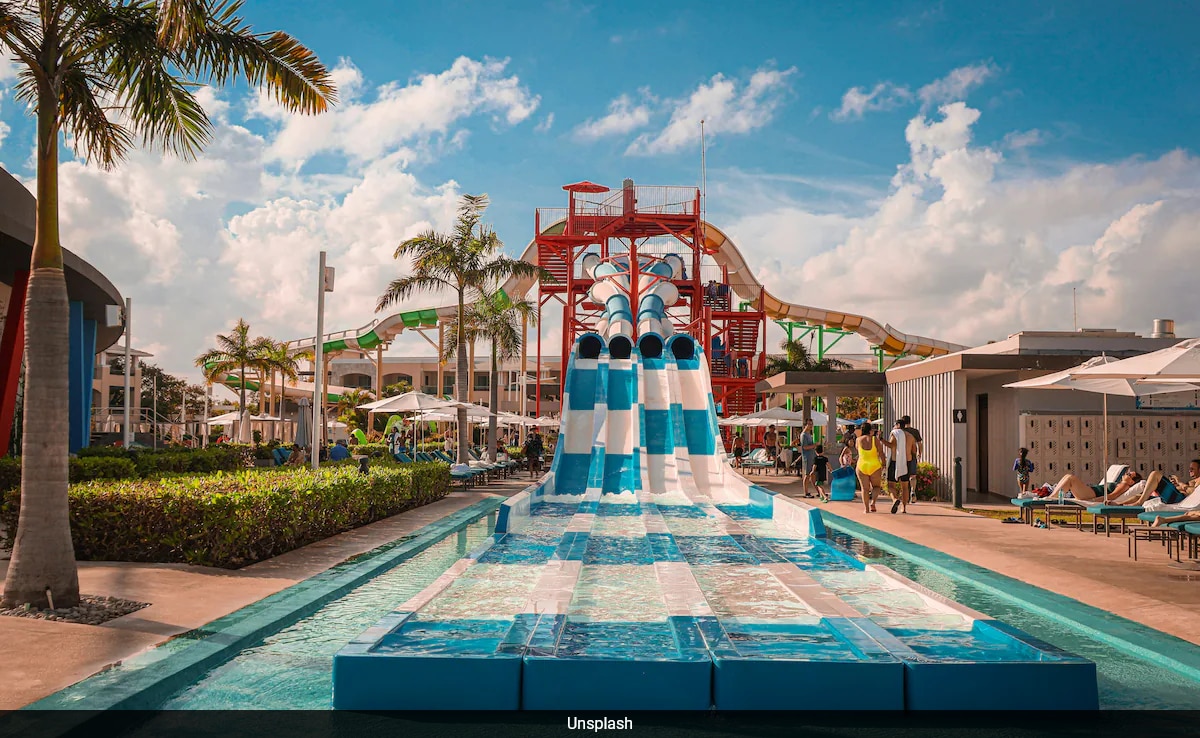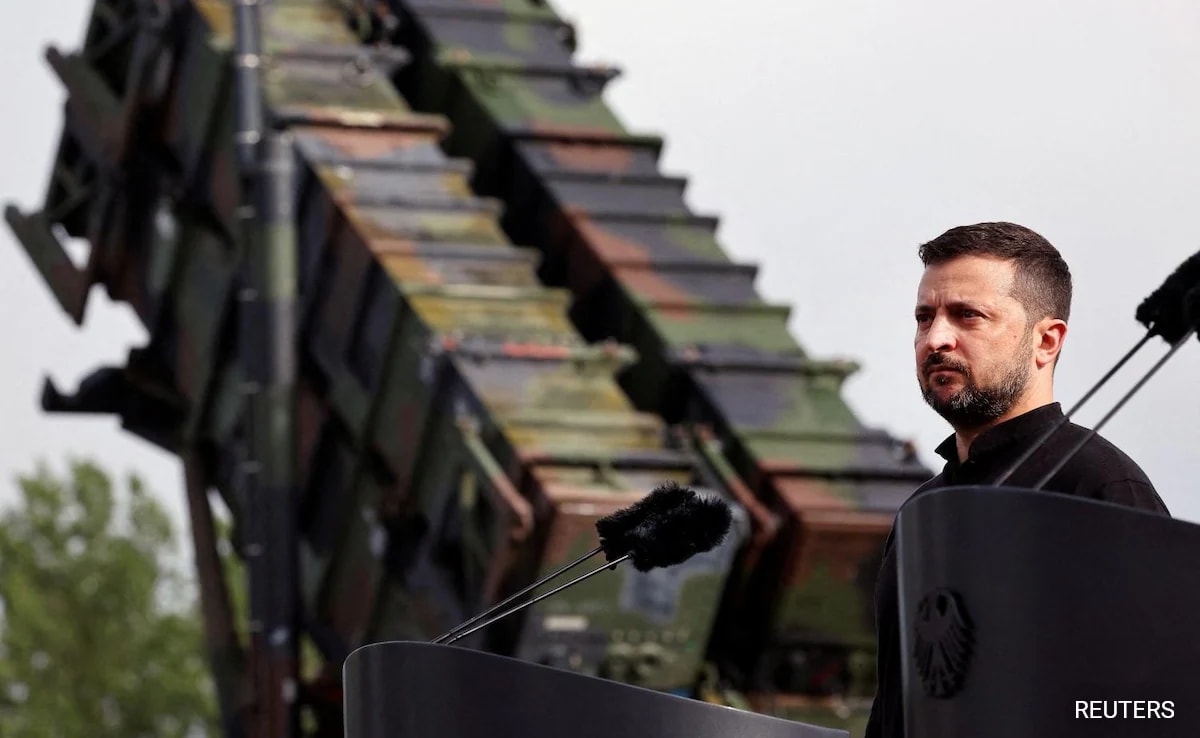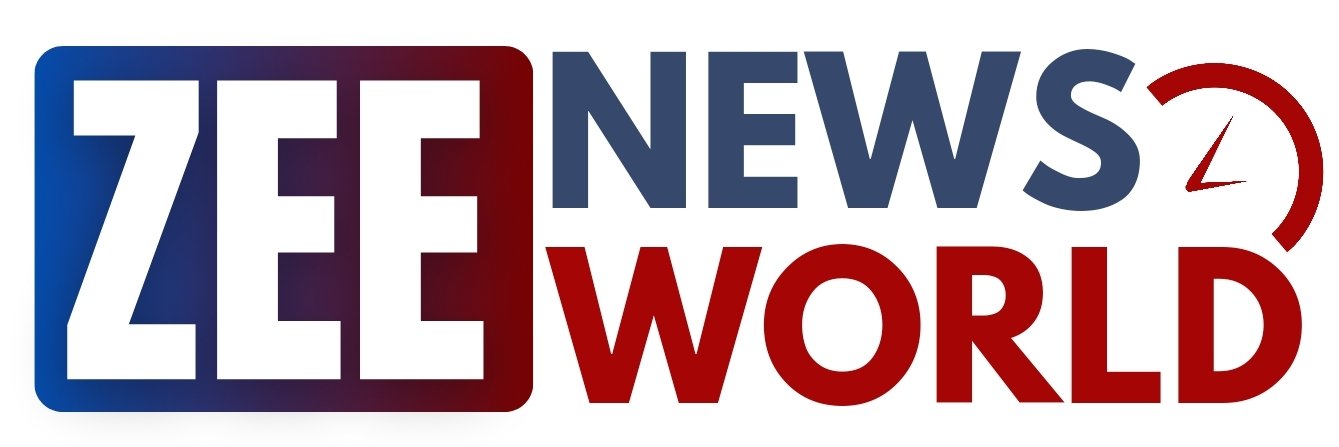What's A 'BRISK' Partnership? The Philosophy Guiding India-UK Vision 2035
India and the United Kingdom have jointly adopted the ‘India-UK Vision 2035’, anchored in a new guiding philosophy, BRISK, which stands for Business, Research, Innovation, Science and Technology, and Knowledge. Endorsed by Prime Ministers Narendra Modi and Keir Starmer during their meeting in London on July 24, this vision sets the tone for a strategic partnership that is future-ready, high-impact, and deeply integrated. The BRISK framework is not just a symbolic gesture. It’s a comprehensive roadmap designed to unlock tangible outcomes across sectors, from boosting trade and job creation to driving technological breakthroughs and advancing climate action. BRISK: The Engine Of A Future-Focused Partnership At its core, the BRISK vision represents a recalibration of priorities in a world shaped by geopolitical shifts, emerging technologies, and the urgent need for climate resilience. The agreement outlines interconnected pillars that work together to deliver outcomes greater than the sum of their parts. The two nations committed to “deepening and diversifying their bilateral co-operation with time-bound action under the different pillars of Vision 2035, and preparing our two countries for a BRISK partnership for the future,” according to the official statement. This vision will be operationalised through high-level political engagement, regular meetings between the two Prime Ministers, and an annual review by India’s External Affairs Minister and the UK’s Foreign Secretary. Cross-sectoral ministerial mechanisms will keep the partnership agile and responsive to evolving strategic interests. Trade, Tech & Talent The economic component of BRISK rests on the India-UK Comprehensive Economic and Trade Agreement (CETA), which both nations aim to use as a springboard for deeper trade and investment flows. In parallel, a refreshed Joint Economic and Trade Committee (JETCO) and ongoing talks on a Bilateral Investment Treaty (BIT) will help chart new avenues of growth. Critical sectors such as renewable energy, life sciences, creative industries, and fintech have been identified for collaboration. Both sides agreed to expand business links, improve air connectivity, strengthen legal and financial sector cooperation, and channel capital through development finance platforms like the British International Investment (BII). The agreement also notes that “the two sides will support innovation, research and regulatory collaboration in priority growth sectors,” including green tech, climate adaptation, and infrastructure. Science, Security & Sustainability Under the ‘R’ and ‘I’ pillars of BRISK, science and innovation are central. The two countries will deepen collaboration on artificial intelligence, clean energy, semiconductors, critical minerals, quantum technologies, and biotechnology. Plans include a UK-India joint centre for AI, a Connectivity Innovation Centre, and expanded cooperation on 6G and bio-based materials. Health resilience, including vaccine co-development and digital health initiatives, is also a top priority. “Together, both sides will build robust, agile supply chains and work towards greater collaboration between regulatory frameworks,” the agreement notes. Defence and security features prominently under this partnership. The nations agreed to implement a 10-year Defence Industrial Roadmap, strengthen military interoperability through joint exercises, and collaborate on advanced weapons systems and cybersecurity. There is also a strong emphasis on counterterrorism, maritime security, and space cooperation. The Cultural Heart Of BRISK The ‘K’ in BRISK symbolises the shared commitment to nurturing future-ready talent and cultural exchange. Education and research collaboration will be reinforced through an Annual Ministerial Education Dialogue and partnerships between institutions on both sides. Leading UK universities are expected to establish campuses in India, while joint and dual degree programmes will address skill gaps in critical sectors. “An India-UK Green Skills Partnership will bring together Indian and UK expertise... to create growth opportunities and positive environmental impacts,” the agreement adds. Cultural diplomacy is also a key component, with initiatives like the India-UK Creative Economy Weeks and programmes to strengthen diaspora and youth engagement gaining renewed focus. A Shared Global Agenda Beyond bilateral goals, Vision 2035 aims to amplify the two countries' voices on global platforms. Both sides reiterated support for a rules-based international order and called for reforms in institutions like the UN, WTO, and IMF to reflect modern geopolitical realities. Climate leadership is another priority. The two countries will collaborate on everything from clean energy storage and offshore wind to nature restoration and carbon markets. "We will
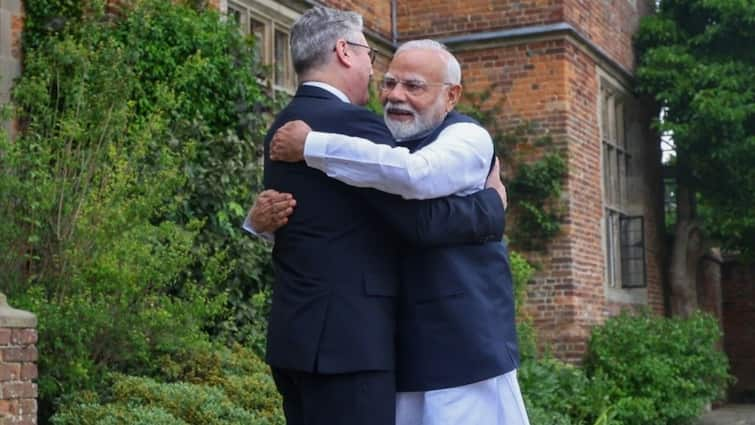
India and the United Kingdom have jointly adopted the ‘India-UK Vision 2035’, anchored in a new guiding philosophy, BRISK, which stands for Business, Research, Innovation, Science and Technology, and Knowledge. Endorsed by Prime Ministers Narendra Modi and Keir Starmer during their meeting in London on July 24, this vision sets the tone for a strategic partnership that is future-ready, high-impact, and deeply integrated.
The BRISK framework is not just a symbolic gesture. It’s a comprehensive roadmap designed to unlock tangible outcomes across sectors, from boosting trade and job creation to driving technological breakthroughs and advancing climate action.
BRISK: The Engine Of A Future-Focused Partnership
At its core, the BRISK vision represents a recalibration of priorities in a world shaped by geopolitical shifts, emerging technologies, and the urgent need for climate resilience. The agreement outlines interconnected pillars that work together to deliver outcomes greater than the sum of their parts.
The two nations committed to “deepening and diversifying their bilateral co-operation with time-bound action under the different pillars of Vision 2035, and preparing our two countries for a BRISK partnership for the future,” according to the official statement.
This vision will be operationalised through high-level political engagement, regular meetings between the two Prime Ministers, and an annual review by India’s External Affairs Minister and the UK’s Foreign Secretary. Cross-sectoral ministerial mechanisms will keep the partnership agile and responsive to evolving strategic interests.
Trade, Tech & Talent
The economic component of BRISK rests on the India-UK Comprehensive Economic and Trade Agreement (CETA), which both nations aim to use as a springboard for deeper trade and investment flows. In parallel, a refreshed Joint Economic and Trade Committee (JETCO) and ongoing talks on a Bilateral Investment Treaty (BIT) will help chart new avenues of growth.
Critical sectors such as renewable energy, life sciences, creative industries, and fintech have been identified for collaboration. Both sides agreed to expand business links, improve air connectivity, strengthen legal and financial sector cooperation, and channel capital through development finance platforms like the British International Investment (BII).
The agreement also notes that “the two sides will support innovation, research and regulatory collaboration in priority growth sectors,” including green tech, climate adaptation, and infrastructure.
Science, Security & Sustainability
Under the ‘R’ and ‘I’ pillars of BRISK, science and innovation are central. The two countries will deepen collaboration on artificial intelligence, clean energy, semiconductors, critical minerals, quantum technologies, and biotechnology. Plans include a UK-India joint centre for AI, a Connectivity Innovation Centre, and expanded cooperation on 6G and bio-based materials.
Health resilience, including vaccine co-development and digital health initiatives, is also a top priority. “Together, both sides will build robust, agile supply chains and work towards greater collaboration between regulatory frameworks,” the agreement notes.
Defence and security features prominently under this partnership. The nations agreed to implement a 10-year Defence Industrial Roadmap, strengthen military interoperability through joint exercises, and collaborate on advanced weapons systems and cybersecurity. There is also a strong emphasis on counterterrorism, maritime security, and space cooperation.
The Cultural Heart Of BRISK
The ‘K’ in BRISK symbolises the shared commitment to nurturing future-ready talent and cultural exchange. Education and research collaboration will be reinforced through an Annual Ministerial Education Dialogue and partnerships between institutions on both sides.
Leading UK universities are expected to establish campuses in India, while joint and dual degree programmes will address skill gaps in critical sectors. “An India-UK Green Skills Partnership will bring together Indian and UK expertise... to create growth opportunities and positive environmental impacts,” the agreement adds.
Cultural diplomacy is also a key component, with initiatives like the India-UK Creative Economy Weeks and programmes to strengthen diaspora and youth engagement gaining renewed focus.
A Shared Global Agenda
Beyond bilateral goals, Vision 2035 aims to amplify the two countries' voices on global platforms. Both sides reiterated support for a rules-based international order and called for reforms in institutions like the UN, WTO, and IMF to reflect modern geopolitical realities.
Climate leadership is another priority. The two countries will collaborate on everything from clean energy storage and offshore wind to nature restoration and carbon markets. "We will collaborate on reforming global financial systems... to enable scaling up of affordable finance for climate action by developing countries,” the document states.
From creating AI superclusters to enabling green finance, and from strengthening supply chains to expanding educational mobility, the India-UK Vision 2035, driven by the BRISK ethos, signals a transformative shift in how two democracies can collaborate with intent and imagination.
What's Your Reaction?









